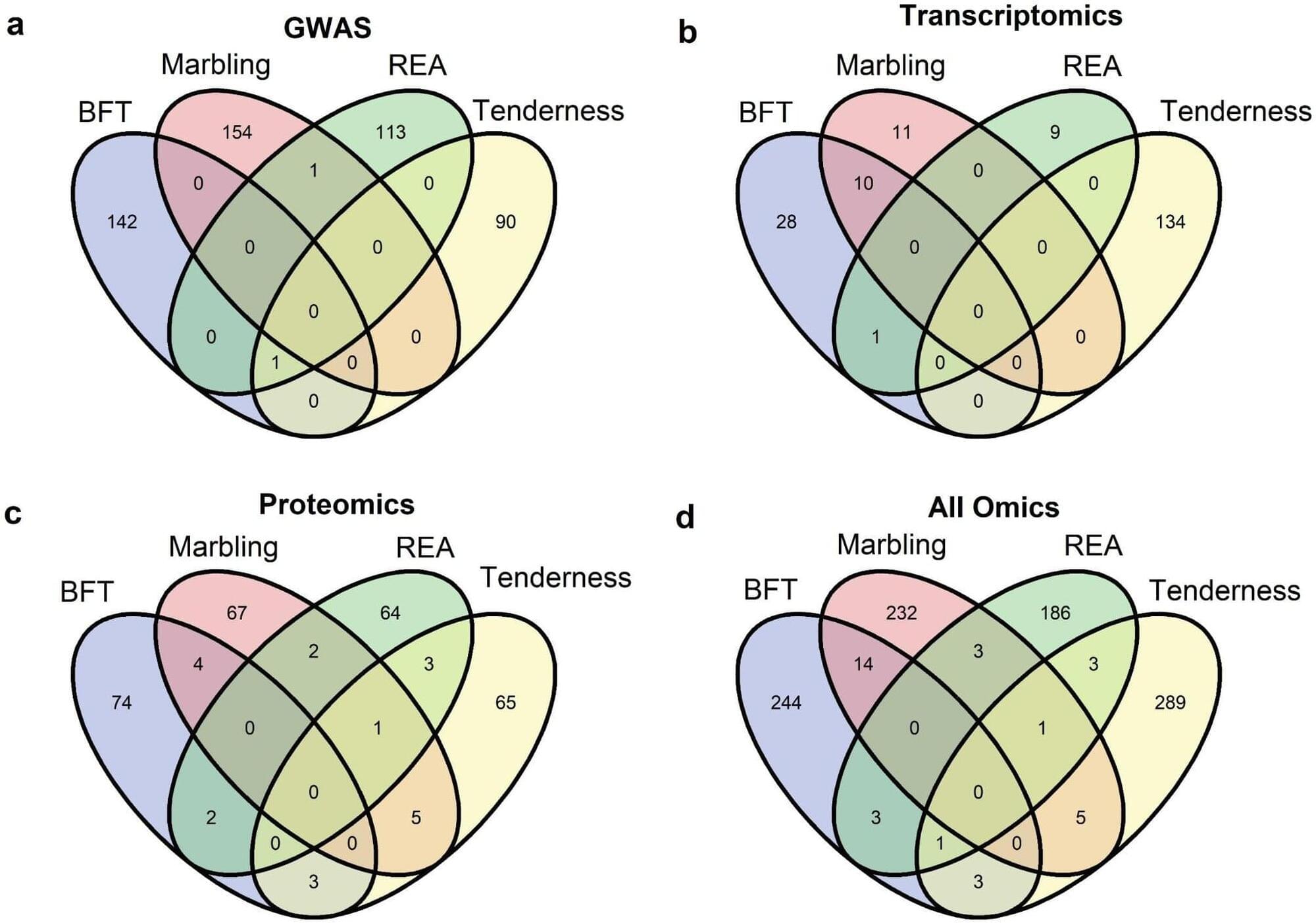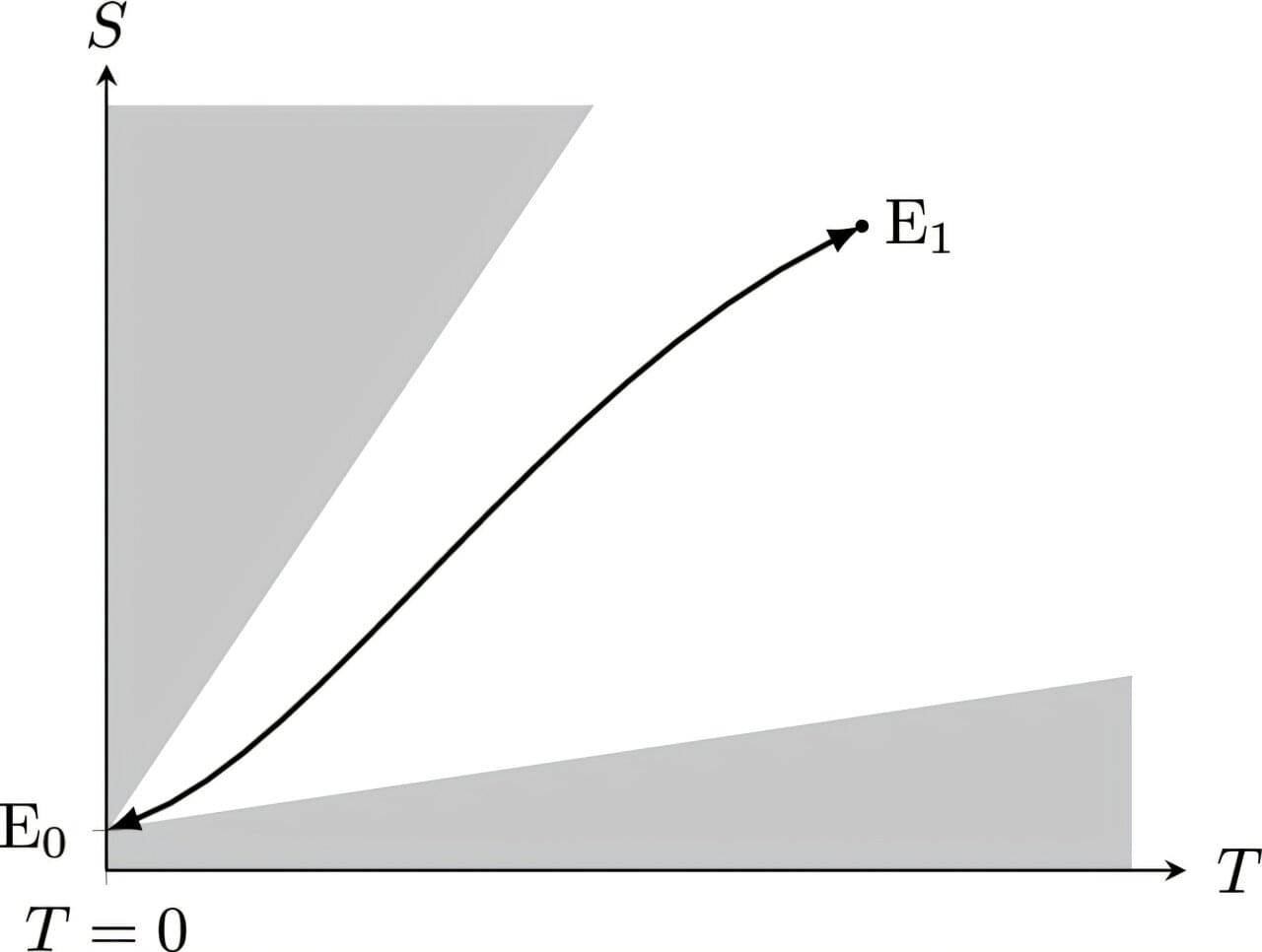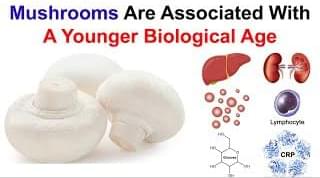You wouldn’t microwave fish around your worst enemy—the smell lingers both in kitchen and memory. It is one few of us like, let alone have positive associations with. But what makes our brains decide a smell is stinky?
A new study from UF Health researchers reveals the mechanisms behind how your brain decides you dislike—even loathe—a smell. The findings are published in the journal Molecular Psychiatry.
Or as first author and graduate research fellow Sarah Sniffen puts it: How do odors come to acquire some sort of emotional charge?









